Apply now to join our next cohort of Community Science Fellows and Community Leads!
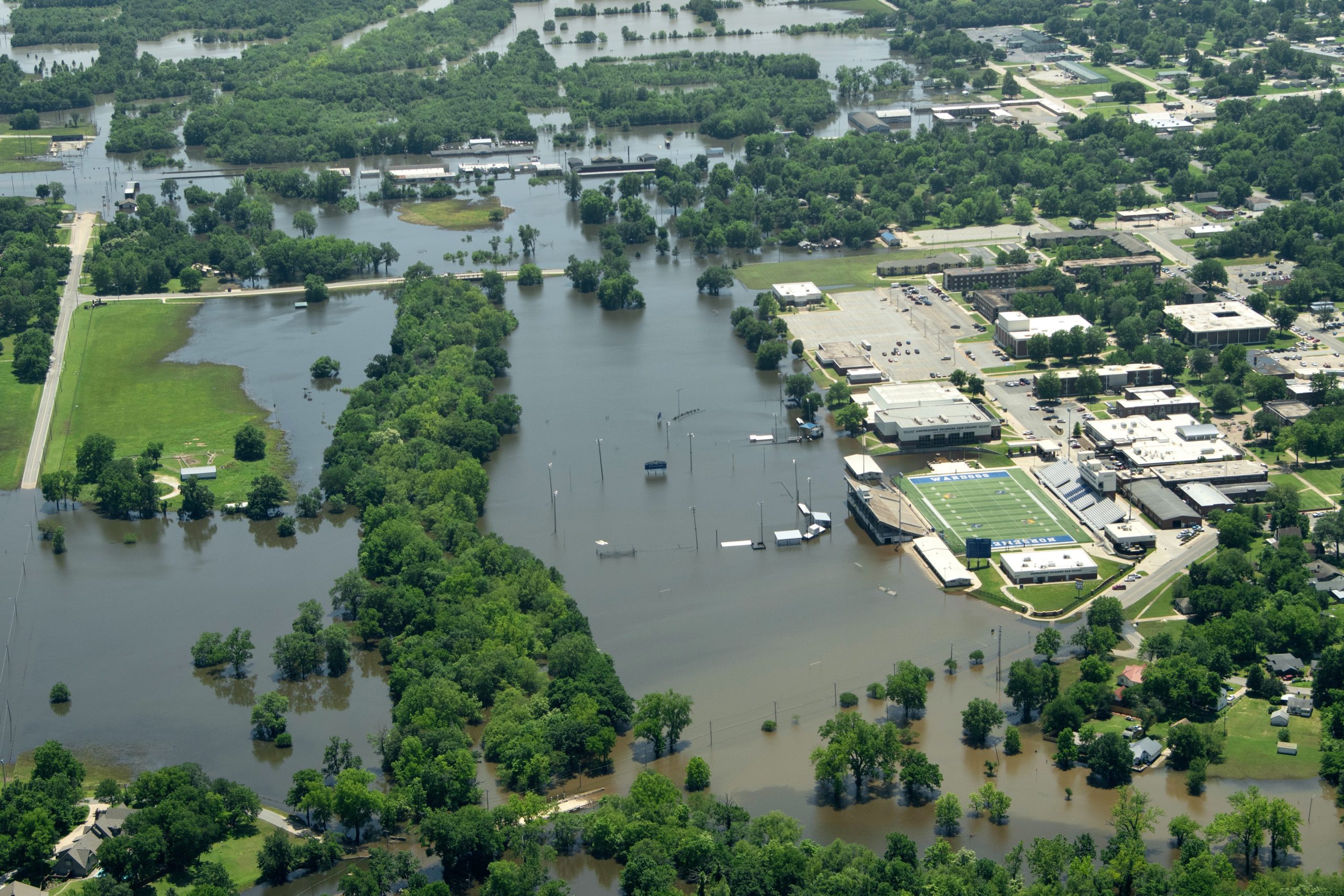
Flood waters cover areas in Miami, Oklahoma, May 30, 2019 (Photo by J Pat Carter/LEAD Agency)
From September 2020 – August 2023, we developed an interactive flood map of Ottawa County, Oklahoma to share with residents. The map illustrates which households may be located within a flood zone, and it includes additional data layers with information on tribal boundaries, land parcels, and more. To share the map with residents we made it publicly available online (at http://bit.ly/LEADfloodmap), and we distributed USB drives of the map layers to residents at community events throughout Ottawa County. This project has successfully increased residents’ awareness of flood risks and environmental harms. Additionally, with the project team’s collaborative process the work has led to additional ongoing research opportunities and connections.
This project remains in progress, but you can view the interactive map developed by the project team here.
Local Environmental Action Demanded (LEAD Agency) is a community-led non-profit environmental justice organization founded in 1997. The organization focuses on ensuring that the northeastern Oklahoma region is safe for all community members. LEAD Agency looks at not only the environment, but also at how community members interact with and are shaped by the environment and environmental changes. Additionally, the organization has longstanding partnerships with institutions and universities such as the Harvard School of Public Health, Tulsa University, and Mount Sinai Hospital.
LEAD Agency has an office in Ottawa County, the northeasternmost county in Oklahoma. The county’s 31,000 residents live in several small towns and surrounding rural areas, and while many residents identify as white, the county is home to nine federally recognized Indian tribes and Native Americans make up over 20% of the population. The community has a long history tied to mining. After 80 years of operating the world’s largest lead and zinc mine, the industry moved on in the 1960s and ‘70s, leaving behind 75 million tons of lead-contaminated tailings piles, also known as “chat”. For the last 40 years, one million gallons of mine water has discharged daily into Tar Creek.
LEAD Agency’s community science project is centered on impacts stemming from the Tar Creek Superfund Site. Designated in 1983 and encompassing the entire area of Ottawa County, OK, over $300 million dollars have been spent cleaning the Tar Creek Superfund Site. Nevertheless, children continue to suffer from lead poisoning, the creek is still orange, and chat piles loom on the horizon. LEAD Agency believes that the EPA’s conceptual site model, which determines the source, transport, and fate of all pollutants from the site and guides remediation efforts, is outdated and omits key factors that leave residents at risk of further health impacts.
In the early stages of the project, Rebecca Jim, Earl Hatley, and Jessica Tran scoped what this project could look like and sought to identify what potential questions could be answered through a Thriving Earth Exchange Community Science Project. After determining our goals, we recruited and on-boarded our scientists, Dr. Kate Meierdiercks and Jim Kuipers, and began doing an “inventory” of what data layers were available and what is actually feasible. This helped us narrow down our goals into a realistic and feasible project.
Then, for most of our project’s lifetime, we worked on the interactive map while simultaneously presenting preliminary findings and insights at conferences such as the AGU Fall Meeting and The National Tribal and Indigenous Climate Conference. We sought out and received grants from 500 Women Scientists to support our project, and in the summer of 2022, we hired two undergraduate summer interns from Siena College.
When the map was ready to be shared and distributed, we developed a tutorial guide to accompany the map. In order to ensure that as many residents as possible could access the map regardless of wifi connectivity, we distributed it via a public link and through physical USB memory drives which had pdf files of the map as well.
This project was transformational for both the residents of Ottawa County and the project team. Residents benefited because they gained access to information about their community which was previously inaccessible. Additionally, this project allowed residents to explore their direct potential for flooding in the future. For the project team, this work allowed us to better understand the potential of community engaged science, and it gave us the skills and experiences to continue with this work in other roles and spaces.
This project has built the foundation for continued ongoing partnerships between the project team. Dr. Kate Meierdiercks is continuing to provide technical advice and support to LEAD Agency staff and volunteers in order to ensure a smooth transition of the map ownership and to expand LEAD Agency’s capacity to revise and manage the map in the future. Additionally, this project’s strong collaborative environment has led to other research projects, including Jessica Tran’s doctoral research with LEAD Agency on the value and efficacy of community engaged research in environmental justice advocacy.
Ultimately, through this work we collaboratively came up with a project which will continue to support LEAD Agency’s future research and advocacy work. By continuously reevaluating our expectations, we were able to adapt to new ideas and let those conversations inform the scope of our work. A unique aspect of the Thriving Earth Exchange Model that supported the project’s success was having the Community Science Fellow, Jessica Tran, hold the project team accountable and on track through each stage of the work. Additionally, by having flexible funding sources, the project team had the ability to pursue new questions and ideas.
The interactive map has been integrated in LEAD Agency’s other research projects and collaborations, including a local survey of well water property owners. Additionally, the Vermont Law and Graduate School has submitted comments on behalf of LEAD Agency about future dam relicensing proposals, and in their submission cited the flood map. The map continues to be a source of useful information for LEAD Agency’s ongoing work.
Read more about their project here.
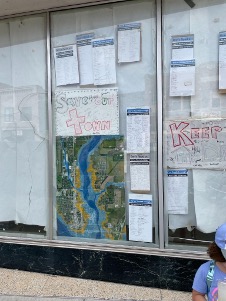
The Tar Creek in Ottawa County, Oklahoma, runs directly through a 40-square-mile Superfund site, full of giant mounds of toxic mining waste—a fine, white sand-and-gravel mix known as “chat,” easily blown away by the breeze—that is polluting the entire county’s drinking water, yards and fields.
Local Environmental Action Demanded (LEAD) Agency, a community-led non-profit environmental justice organization, has been advocating for a cleanup of the Tar Creek since 1996. The organization recently initiated a project with Thriving Earth Exchange to create a mapping tool to clearly and unequivocally show policymakers, state officials and the general public the risks that the community faces when the heavily polluted Tar Creek floods, as it has been doing more and more. That flooding could be exacerbated if the state has its way and raises the level of Grand Lake to improve energy production.
We sat down with LEAD Agency members Earl Hatley, Rebecca Jim and Martin Lively to hear more about the strengths this community is relying on as they face these challenges.
How would you describe the Ottawa County area to someone who has never been there?
Ottawa County is where the Great Plains meets the Ozark Mountains, and that contrast is really beautiful. The contrast is also a metaphor for Ottawa County. This is the place where a lot of different people, cultures and ecosystems have combined. Nine Native tribes were moved here, living alongside settlers in a very small area, blending and mixing over time. That complicated undercurrent can make describing this place challenging.
If you looked at Ottawa County on Google Maps, you would see that Tar Creek is wounded and bleeding, because it runs through those chat piles. You would wonder how much chat is blowing waste onto homes, hay bales and fields, giving our children lead poisoning. Little pink dots represent yards where the lead has been dug up and hauled away by the EPA, but there are lots and lots of houses that don’t have little pink dots.
What do you see as unique strengths of this community?
We have good schools, competent teachers, and students that are really able to achieve. There are fewer kids now that have been affected by lead poisoning, so we have a lot of hope for the future. Local tribes are using their federal recognition to improve the community, building strong health care services and even a new movie theater. A stronger sense of community is starting to take root, and we’re seeing signs that this community wants to be proud of itself, and wants to create a new relationship with the land along Tar Creek.
Also, we Okies are conservative and stubborn, and when the community clearly sees the problem, it will trigger an urgent call to action, creating an unstoppable force demanding that the EPA and state start a true cleanup of Tar Creek. One person who attended a recent LEAD Agency meeting came away insisting, “They’re not doing enough. We need to make them do more.”
What do you see as its unique or surprising challenges?
Not everyone is aware of the health effects. Up until recently, most folks didn’t think the Superfund site had any impact on their health. We have a massive public health failure, with most doctors unable to identify symptoms of toxicity when diagnosing problems like kidney disease or low IQ levels. People say, “Nobody ever dropped dead from lead around here.” But Tar Creek goes right through here, into our drinking water, and no one, the EPA or the doctors, is helping connect the dots.
My [Martin’s] grandfather, who lived among those chat piles, used to joke, “Who knows how much smarter I could have been if I hadn’t lived here?” We know these metals have harmed so many people. The health impacts are immense, and it’s all tied to the creek we are sitting in the middle of.
What changes do you think your project will bring now, and 20 years down the line?
A lot of people don’t know what’s coming from rising lake levels and climate change, and our map will connect them to flood experts who can to help them deal with it in a real way. There’s so little that we have control over, but we can at least give people the tools to get themselves out of that bad water before it hits them.
We can make the EPA stop the bleeding from the chat, but that’s a long time coming. This project can help sooner, and it’s one of the key pieces LEAD Agency needs to demonstrate the synergy between the Superfund site and the flooding. In a more general way, we also want to open conversations about issues adjacent to this problem, ask questions and offer ideas and suggestions. The Tar Creek cleanup is at the heart of a lot of other initiatives right now, and will be the foundation upon which the community builds.
In 20 years, we’re going to have a clean creek running through town, with kids playing in it. The Tar Creek Fish Tournament will be a yearly event, and maybe we could even eat the fish we catch. And the orange stains on the bushes and trees, from the floodwaters, will be gone. A new generation will not have even known the orange, all they will know is a beautiful Tar Creek flowing through the pecan trees, and the community will be thriving because that demeaning feeling of having a polluted creek will be over.
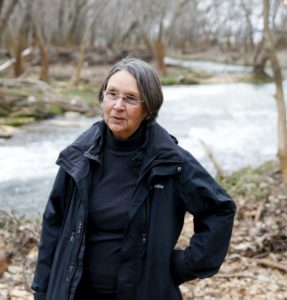
Rebecca Jim has served as LEAD Agency’s Executive Director since its incorporation in 1997. Holding a B.A. in Behavioral Sciences and M.A. in Education, Counseling, she was formerly the Indian Counselor for Miami Public Schools sponsoring the Cherokee Volunteer Society that started the Tar Creek Project. She asked Earl Hatley to serve as a consultant with the student group’s work, and then in 1997 they, with other residents, co-founded LEAD Agency. Rebecca is a member of the Cherokee Nation and is recognized as the Tar Creekkeeper by the Waterkeeper Alliance. She has co-edited Making a Difference at the Tar Creek Superfund Site, Community Efforts to Reduce Risk, and other publications featuring collected art, poetry, and writings that continue to inspire others to action.
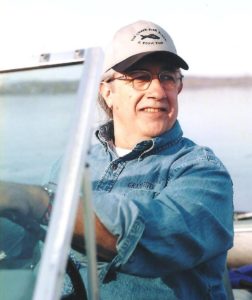 Earl L. Hatley is co-founder of LEAD Agency. He was the Executive Director for the Oklahoma Toxics Campaign when in 1993 he was asked by Rebecca Jim to become a technical advisor to her Cherokee Volunteer Society at the Miami High School. As more residents became involved, in 1997 LEAD Agency was incorporated. Earl was the first Board President for LEAD Agency until 2003 when he stepped down to become the Grand Riverkeeper. Earl still serves as the Grand Riverkeeper and technical leader for the staff at LEAD Agency. Earl is a well-trained organizer with 35 years experience in organizing and providing technical assistance to Indigenous and non-Indigenous non-profit groups and tribes in the US (including Alaska), with academic training that includes a MA in Political Science and ABD in Environmental Science.
Earl L. Hatley is co-founder of LEAD Agency. He was the Executive Director for the Oklahoma Toxics Campaign when in 1993 he was asked by Rebecca Jim to become a technical advisor to her Cherokee Volunteer Society at the Miami High School. As more residents became involved, in 1997 LEAD Agency was incorporated. Earl was the first Board President for LEAD Agency until 2003 when he stepped down to become the Grand Riverkeeper. Earl still serves as the Grand Riverkeeper and technical leader for the staff at LEAD Agency. Earl is a well-trained organizer with 35 years experience in organizing and providing technical assistance to Indigenous and non-Indigenous non-profit groups and tribes in the US (including Alaska), with academic training that includes a MA in Political Science and ABD in Environmental Science.
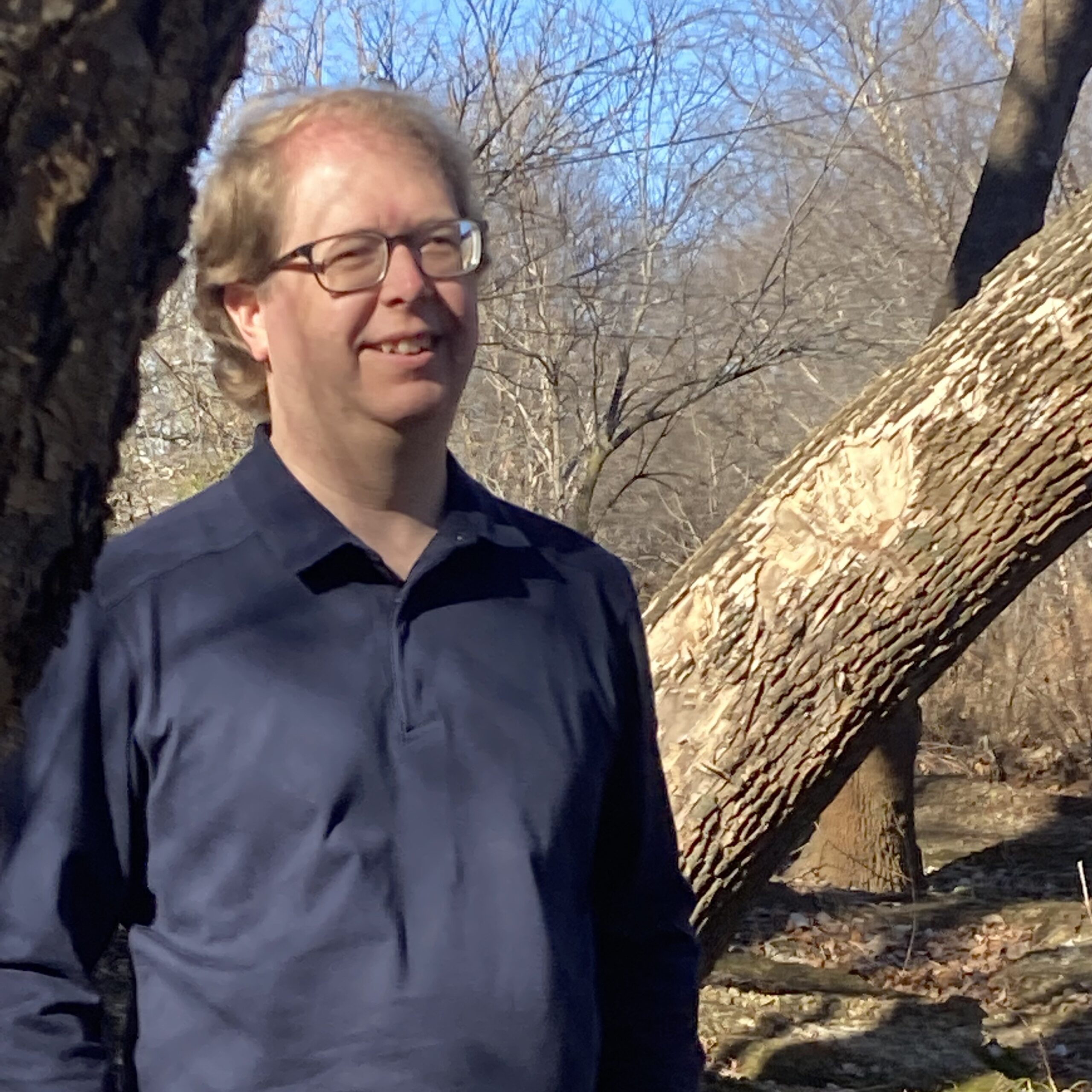
Martin Lively is the Grand Riverkeeper with LEAD Agency. He grew up in Miami, Oklahoma, and has family roots there going back four generations. He has supported LEAD Agency’s environmental justice work since the 1990s as a volunteer and a law school public service fellow intern. In his first career, Martin practiced law in Georgia for almost a decade. After moving back to Oklahoma in 2012, he renewed his ties with LEAD Agency, working as an AmeriCorps VISTA for three years before becoming the Grand Riverkeeper. Martin holds a B.A. in English from Grinnell College and a Juris Doctor, Certificate in Dispute Resolution, and a Public Service Fellow Certificate from The Ohio State University Moritz College of Law. When time allows, Martin can be found backpacking in the Ozarks or traveling the middle of the country on long-distance solo bicycle tours.
Dr. Katherine Meierdiercks is Associate Professor of Environmental Studies and Sciences, and Director of the Academic Center for Sustainability at Siena College, Loudonville NY, where she teaches courses in watershed management; environmental field techniques; environmental research methods; Geographic Information Systems (GIS); and analysis techniques for soil, air, and water. She received her B.S. in Civil Engineering from Tufts University and her Ph.D. in Environmental Engineering from Princeton University. For the past several years, she and her students have been collecting field data and doing GIS mapping in the Kromma Kill and Patroon Creek watersheds, both tributaries to the Hudson River. She serves as President of the Board of the Hudson River Watershed Alliance, a regional nonprofit whose mission is to, “unite and empower communities to project our shared waters.”
Jim Kuipers is a mining environmental consultant, and the principal and a consulting engineer with Kuipers and Associates based in Wisdom, Montana. He received a B.S. from Montana College of Mineral Science and Technology in mineral process engineering, and is a registered professional engineer in Colorado and Montana. He grew up in a mining family and has worked on mining and environmental projects including project development, engineering design, permitting, operations, reclamation and closure, water treatment and financial assurance for over 40 years. Since 1996, his primary work has been as a consultant providing engineering and other technical expertise to governmental and non-governmental organizations relative to hardrock mining and other extractive resource environmental issues.

Jessica Tran is the Thriving Earth Exchange Community Science Fellow from the Science, Policy, and Engagement cohort. As a fellow, her role is to facilitate a collaborative, co-developed community science project that results in on-the ground impact in the local community and connects science to action. Jessica graduated in 2019 from Stony Brook University with a B.A. in Environmental Design, Policy, and Planning and a minor in Coastal Environmental Studies. Her previous experiences include researching community perceptions of climate change with the St. Paul Tribal Government’s Ecosystem Conservation Office, analyzing managed retreat policies through Stony Brook University’s Sustainability Department, and examining traditional ecological knowledge’s role in the southwest as a Doris Duke Conservation Scholar at Northern Arizona University. Jessica’s passion for her work stems from her identity as a first generation Asian American, and she finds resilience and strength in community, oceans, and art.

Alexis Hidalgo is the Program Manager for Anthropocene Alliance, the nation’s largest coalition of frontline communities fighting for climate and environmental justice, of which the LEAD Agency is a part of. Alexis is based in Miami, Florida, and has been an environmental justice organizer since graduating from UC Berkeley in 2018. She hopes to support in any way possible the incredible work that Rebecca and Earl are doing to merge science and advocacy in their community.
 Anthropocene Alliance is the nation’s largest coalition of frontline communities fighting for climate and environmental justice composed of 70 communities in 22 states and Puerto Rico. They assist communities in understanding and addressing the impacts of flooding, water contamination, air pollution, and wildfires. The Anthropocene Alliance’s goal is to bring frontline communities together and amplify their voices so they can have safe, healthy, and equitable communities.
Anthropocene Alliance is the nation’s largest coalition of frontline communities fighting for climate and environmental justice composed of 70 communities in 22 states and Puerto Rico. They assist communities in understanding and addressing the impacts of flooding, water contamination, air pollution, and wildfires. The Anthropocene Alliance’s goal is to bring frontline communities together and amplify their voices so they can have safe, healthy, and equitable communities.
 500 Women Scientists is a global, grassroots nonprofit organization working to make science more open, inclusive and accessible, by fighting racism, patriarchy, and oppressive societal norms. Their Fellowship for the Future amplifies and recognizes Women of Color leading community-based projects geared towards equity and social justice.
500 Women Scientists is a global, grassroots nonprofit organization working to make science more open, inclusive and accessible, by fighting racism, patriarchy, and oppressive societal norms. Their Fellowship for the Future amplifies and recognizes Women of Color leading community-based projects geared towards equity and social justice.
This project is supported by funding from the Gordon and Betty Moore Foundation.

(c) 2024 Thriving Earth Exchange